Antennas are more of an art than a science. There’s a lot that goes into getting that TV picture just right, but for the antenna hobbyist there’s nothing like seeing that crystal clear picture once everything is all set up. Here are six of the things you need to know:
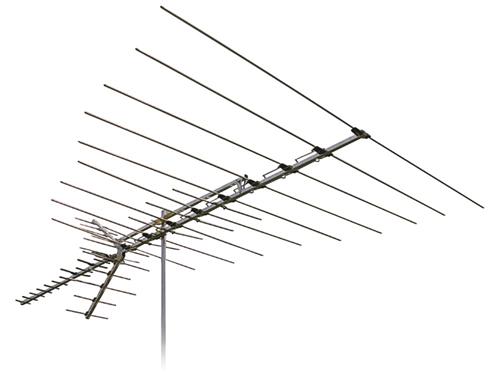
Aiming means that your antenna needs to be pointed toward the broadcast towers. If you have a traditional antenna like the one above, the end on the right should be pointed toward the towers.
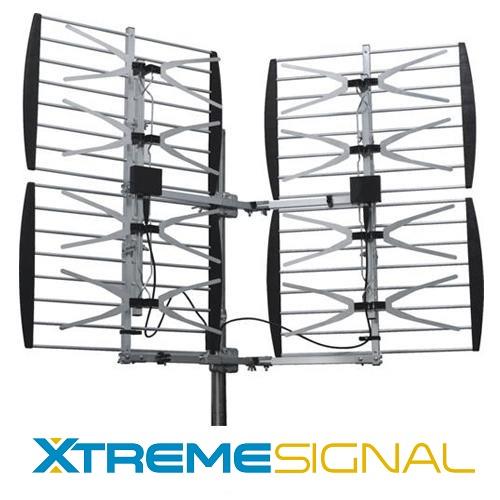
UHF antennas like this one often put the antenna into the shape of a bowtie to maximize reception.
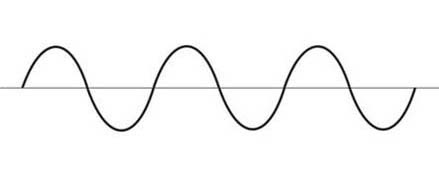
A carrier wave is the most basic broadcast. If it is smooth like this, then it has no picture and sound information added to it.
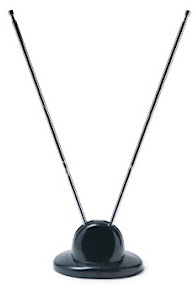
A dipole is a fairly simple antenna, essentially a loop or two elements with a pair of wires coming from it. Old-school “rabbit ears” are dipoles as are the UHF “loop” antennas found on older TVs.
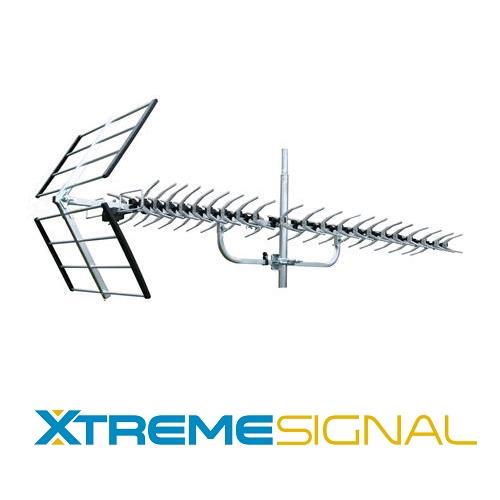
Elements are the separate parts of the antenna. In a big antenna they are the spikes that come out sideways or diagonally from the center. In a small antenna like this one you can see them as dark lines on the white plastic. Elements must be properly sized to receive different frequencies.
All television signals are frequency modulated. Starting with a carrier wave (see above) the frequency of the wave changes slightly depending on the information that is being carried. Digital and analog information can be stored on radio waves in this way.
If you’re interested in TV antennas, you’ll want to call the experts at Solid Signal! We have all the best brands at the best prices. Our team of antenna techs is ready to take your calls at 888-233-7563 during East Coast business hours. If it’s after hours, no problem! Fill out the form below. We’ll get back to you quickly!
The post The ABC’s of Antennas, part 1 appeared first on The Solid Signal Blog.
Continue reading...

AIMING
Aiming means that your antenna needs to be pointed toward the broadcast towers. If you have a traditional antenna like the one above, the end on the right should be pointed toward the towers.

BOWTIE
UHF antennas like this one often put the antenna into the shape of a bowtie to maximize reception.

CARRIER WAVE
A carrier wave is the most basic broadcast. If it is smooth like this, then it has no picture and sound information added to it.

DIPOLE
A dipole is a fairly simple antenna, essentially a loop or two elements with a pair of wires coming from it. Old-school “rabbit ears” are dipoles as are the UHF “loop” antennas found on older TVs.

ELEMENTS
Elements are the separate parts of the antenna. In a big antenna they are the spikes that come out sideways or diagonally from the center. In a small antenna like this one you can see them as dark lines on the white plastic. Elements must be properly sized to receive different frequencies.

FREQUENCY MODULATION

All television signals are frequency modulated. Starting with a carrier wave (see above) the frequency of the wave changes slightly depending on the information that is being carried. Digital and analog information can be stored on radio waves in this way.
Want to know more?
If you’re interested in TV antennas, you’ll want to call the experts at Solid Signal! We have all the best brands at the best prices. Our team of antenna techs is ready to take your calls at 888-233-7563 during East Coast business hours. If it’s after hours, no problem! Fill out the form below. We’ll get back to you quickly!
The post The ABC’s of Antennas, part 1 appeared first on The Solid Signal Blog.
Continue reading...

